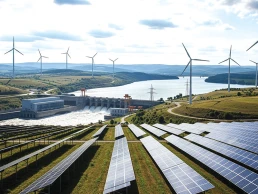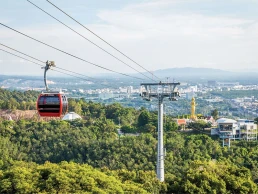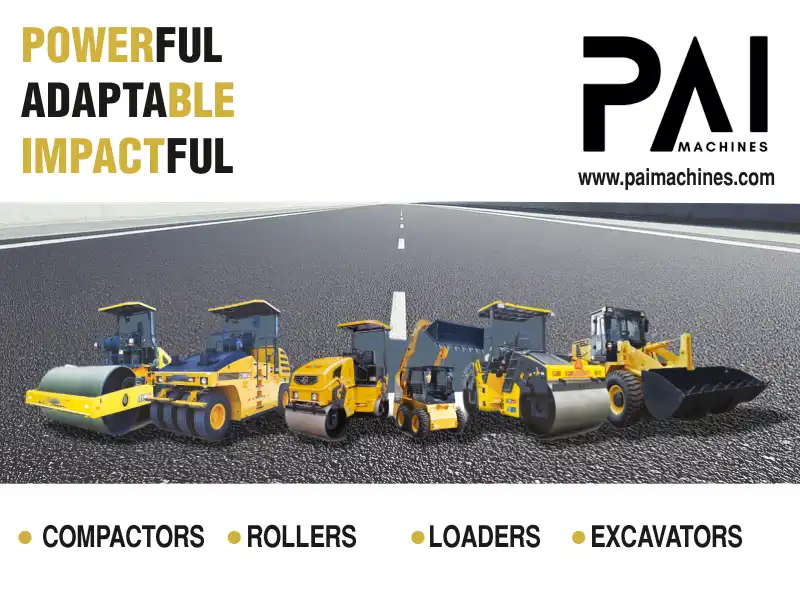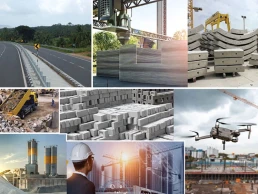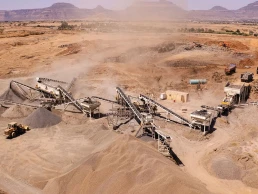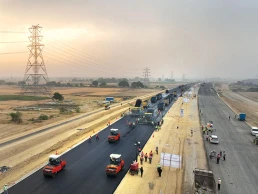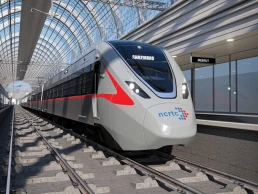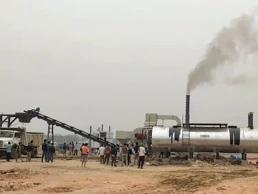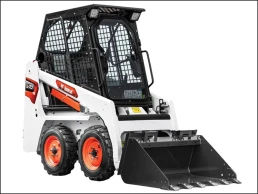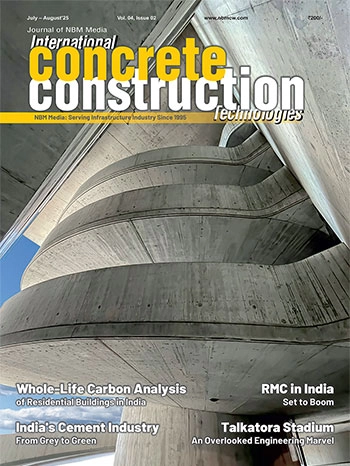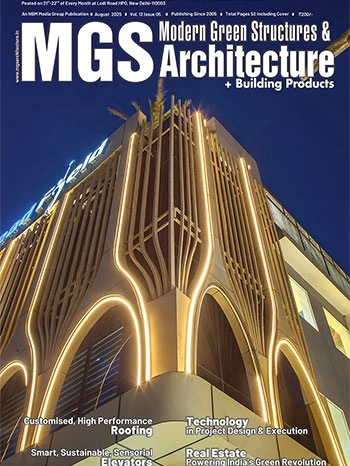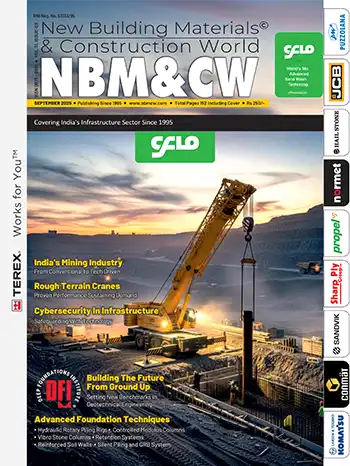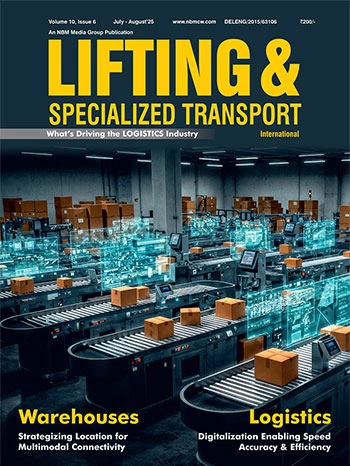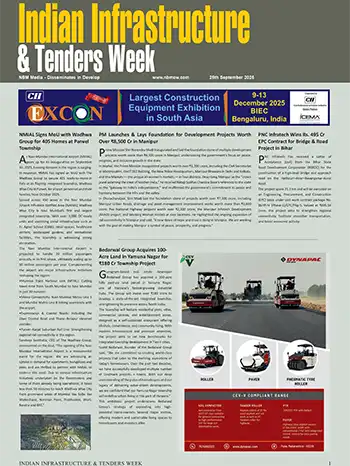Safexpress: Making Urban Logistics Faster, Greener, and More Reliable

Vijay Vashisht, Vice President of Safexpress shares insights on the challenges of urban logistics in B2B supply chains, and how the company is tackling them through advanced route planning, urban fulfillment hubs, digitized documentation, and real-time shipment tracking. The company is also investing in electric vehicles and partnering with smart city initiatives to align with India’s sustainability goals.
What are the major challenges your company faces in managing urban logistics operations?
Safexpress plays a critical role in connecting manufacturers, distributors, and retailers across 31,000+ pin codes. However, managing logistics in urban India presents a unique set of challenges that demand constant innovation, agility, and precision.
One of the most pressing issues is traffic congestion in major metros like Delhi, Mumbai, and Bengaluru. These bottlenecks significantly impact delivery timelines and increase fuel consumption, affecting both efficiency and sustainability. Compounding this is the complexity of last-mile delivery in B2B operations, where bulk shipments must reach retail outlets, warehouses, or distribution centers, often located in congested or restricted-access zones.
Parking and unloading constraints are another major hurdle. Urban commercial areas frequently lack dedicated loading bays, leading to delays and operational inefficiencies—especially for large-format deliveries. Additionally, regulatory restrictions such as time-bound entry for heavy vehicles and varying municipal compliance requirements add layers of complexity to route planning and fleet utilization.
From a financial standpoint, cost pressures are significant. Urban operations demand higher manpower, fuel, and real estate costs, making it challenging to maintain service quality while optimizing margins. Moreover, with increasing environmental awareness and government mandates, pollution and sustainability concerns are pushing logistics providers to rethink their operations.
We are proactively addressing these challenges through a combination of efficient route planning, urban fulfillment hubs, digitized documentation, and real-time shipment tracking. We are also investing in electric vehicles and collaborating with smart city initiatives to align with India’s sustainability goals.
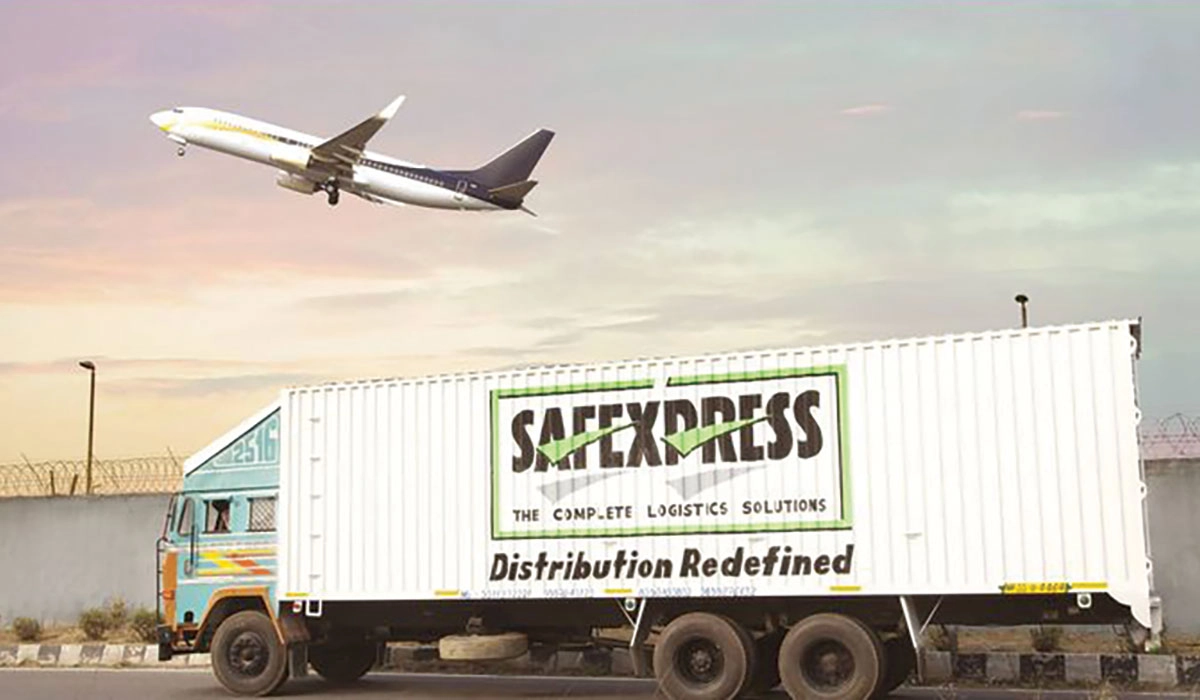
What initiatives is the company implementing to strengthen urban logistics and improve operational efficiency?
We are proactively investing in future-ready solutions to meet the growing demands of India’s B2B ecosystem. To enhance operational efficiency and ensure seamless delivery experiences in complex urban environments, we are implementing a range of strategic initiatives.
We are gradually integrating electric vehicles (EVs) into our urban fleet to reduce emissions, lower fuel costs, and align with India’s green mobility goals. To further improve delivery speed and reduce congestion, we are expanding our network of urban delivery gateways—strategically located facilities that enable faster dispatch, better load consolidation, and improved service coverage within city limits.
Our teams leverage efficient route planning tools and real-time traffic data to optimize delivery routes, minimize delays, and improve on-time performance. We also work closely with municipal bodies to streamline vehicle access, secure parking permissions, and ensure compliance with city-specific logistics regulations. In addition, we are using data analytics to forecast demand, monitor fleet performance, and identify operational bottlenecks—enabling smarter, faster decision-making. Our continued investment in infrastructure, including state-of-the-art logistics parks and urban distribution centers, ensures we are equipped to handle the growing volume and complexity of urban freight.
We believe that building a resilient and efficient urban logistics network is key to powering India’s next phase of economic growth. Our focus remains on speed, sustainability, and service excellence—delivering value to businesses across the country.
What infrastructure changes are needed to improve urban logistics in India?
India’s urban logistics ecosystem requires targeted policy and infrastructure reforms to meet the growing demands of modern commerce. One of the most impactful changes would be the development of dedicated urban freight corridors to separate commercial traffic from passenger vehicles. This would significantly reduce congestion, improve delivery timelines, and enhance road safety.
Another critical reform is the permission for night-time deliveries in commercial zones. Allowing regulated operations during off-peak hours can ease daytime traffic pressure, improve fleet utilization, and enhance overall delivery efficiency. In parallel, the expansion of EV charging infrastructure is essential to support the logistics industry’s transition to electric mobility. Without accessible and fast-charging stations in urban areas, the shift to cleaner transport will remain limited.
We also see immense value in establishing unified data-sharing platforms that provide real-time traffic updates, delivery windows, and regulatory alerts. Such platforms would enable logistics providers to plan more efficiently and reduce operational delays. Additionally, cities should allocate space for urban logistics zones and delivery gateways near consumption centers. These hubs can serve as consolidation points for last-mile deliveries, reducing the number of vehicles on the road and improving service speed.
Finally, a simplified and harmonized regulatory framework across cities—covering vehicle entry timings, tolls, and documentation—would reduce compliance burdens and bring consistency to urban logistics operations nationwide.
We are committed to working alongside policymakers, urban planners, and industry stakeholders to co-create a smarter, greener, and more efficient logistics future for India.

































